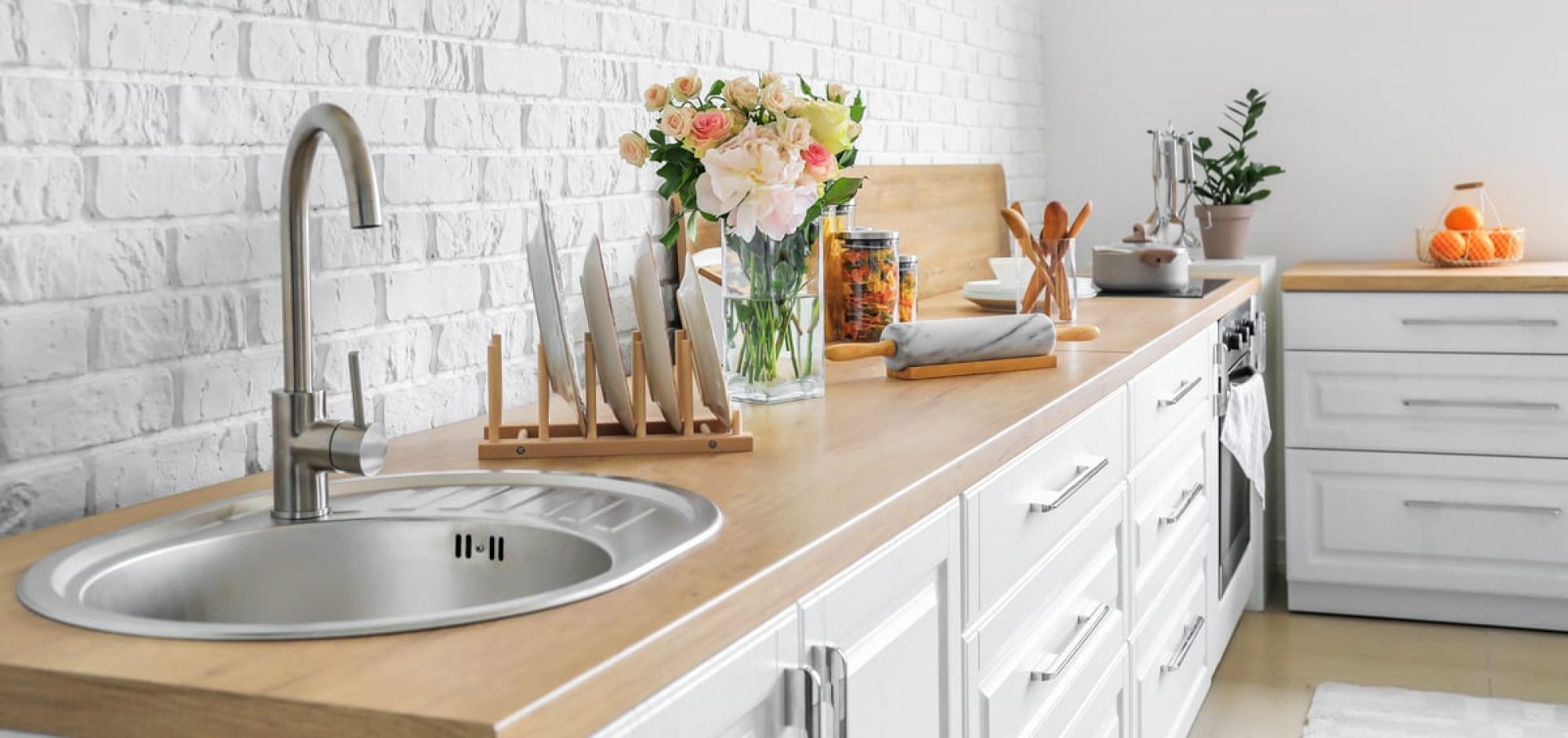There are a variety of different kinds of flood protections to avoid flooding and shield your home or business building. These range from passive to active actions including sandbags, water dams and inflatable barriers that can be pumped up or stored when the flood waters climb. There is also a huge selection of semi-permanent and permanent choices like dams, flood entrances and sea walls that can be left open throughout periods of mild weather condition or near to minimize extreme flooding events.
Selecting the right type of flood defence for your home depends upon what you require it to do and the length of time you desire it to last. A short-lived flooding barrier is terrific for protecting against flooding damage to your home, garden or any kind of outdoor equipment such as sheds and summertime kitchen areas. Sandbags are an affordable, readily available choice that can be used to obstruct the external gaps of buildings or consist of rainfall on low-elevation websites.
Extra long-term flood defences like dams, dikes and berms are made to prevent flooding damages along rivers and coasts. They can be built to a particular height or size to guarantee that flood waters will certainly not go beyond a particular level. This can be beneficial for neighborhoods that are prone to frequent flooding. Nevertheless, research studies have actually revealed that these frameworks tend to separate rivers from their floodplains and lower the natural advantages that they provide. This results from the truth that they promote urban and farming development on the floodplains, which can lead to enhanced flooding risks for the surrounding areas.
Passive flood defences are usually a lot more pricey than their active equivalents. Nonetheless, they have a tendency to pay for themselves with time as a result of their high life span, very little maintenance and true floodproofing capacities. Some passive obstacles require no electrical power, employees or training to trigger and can be set up in position where typical flooding defences are not able to get to such as doors and stairwells.
Energetic measures like flood doors, logs and bladders are reasonably cheaper than their passive counterparts yet they can be costly to operate and preserve in time. They should be transported to the area, blew up or packed away in between flooding events and saved at a safe location. They are also understood to be less efficient than their passive counterparts in stopping flooding. They have actually been revealed to be just around 30% effective in minimizing flooding losses throughout 1-in-5 year events, and even less efficient for 500-year return periods. In addition, they have been known to break down or breach in time. For that reason, homeowners and entrepreneur ought to not make use of these types of obstacles for their long-term flood defense.

